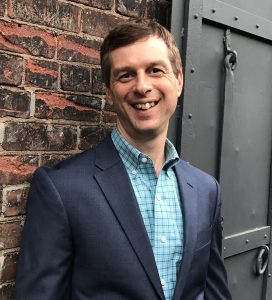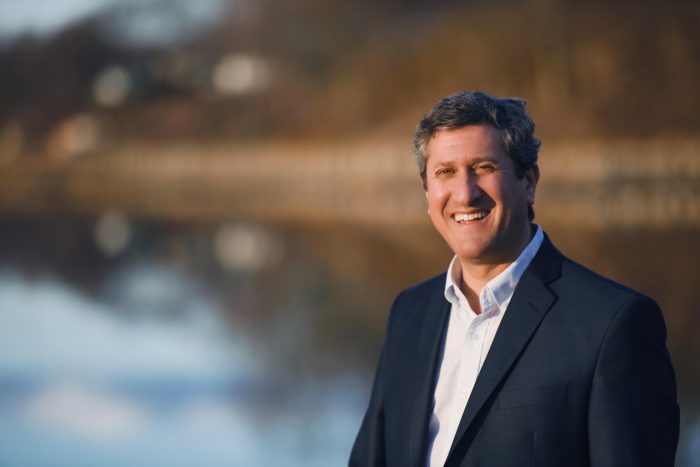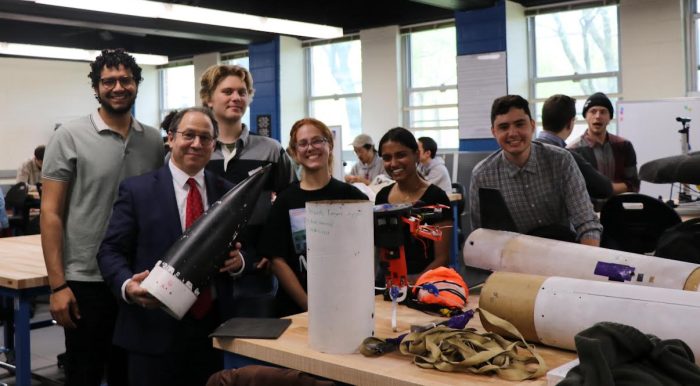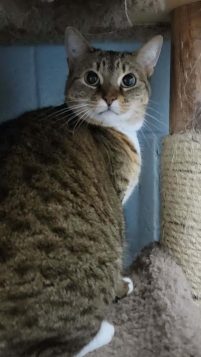By Daniel Dunaief

One day decades from now, will the people involved with the Environmental Protection Agency look back at their legacy and feel pride and satisfaction? Sure, reducing waste is a good idea, cutting unnecessary costs is beneficial and effective and removing regulations that might cause inefficiencies without adding much benefit could be helpful.
But at what cost and what is lost along the way?
Take, for example, the New York Times piece earlier this week that suggested that the EPA is exploring the possibility of laying off 1,155 chemists, biologists, toxicologists, and other scientists. The NYT cited Democrats on the House Committee on Science, Space and Technology to describe this proposed plan.
The agency plans to get rid of 75 percent of the people who work in the Office of Research and Development. Does ignoring problems, removing the scientists who study them, and reducing the likelihood of tracking any threats to the environment and to human health make it better?
Lee Zeldin, former Republican congressmen from NY-1 and a strong supporter of President Donald Trump, is heading up the agency.
The proposal, which, fortunately, appears to be just that at this stage, reminds me of the time President Trump suggested that the only reason the United States has more cases of Covid than other nations was because we were testing for it.
So, the solution, implicit in that observation, is that if we don’t test for it, we won’t know how prevalent it is and we will look better compared with other nations.
No, look, I get it. On some level, more rigorous testing means we will find problems that might otherwise not require too much effort to solve. Some people who tested positive for Covid didn’t get that sick and didn’t require medical attention.
Knowing whether people contracted the virus, however, could be useful for everyone. You see, if a certain sub group of the country had the virus but didn’t get all that sick, scientists might be able to compare the blood, the backgrounds, or the pre-existing medical conditions to determine who is most or least at risk from various health threats.
The same holds true for the environment. Data is helpful and can and should help make informed decisions.
We don’t already know everything we need to know. As any scientist will tell you, the results they get can and often are exciting. What inspires them beyond their results is the next set of questions.
The federal government may not want to support every type of research, but dismissing over a thousand scientists can and will lead to the kind of dangerous information gaps that could affect human health and the environment.
Scientists don’t generally live lives of extreme wealth and luxury, unless they invent or patent something that people decide they can’t live without or that becomes a necessity.
I have known scientists for decades. They often work long hours, are dedicated to the pursuit of knowledge and to contributing to their fields, and tend to live modest lives.
Back in the day when I covered Wall Street banks, I rubbed elbows with power brokers who thought nothing of spending lavishly on dinners, who sat a few rows from the on-deck circle at Yankee Stadium, and who had cars waiting for them day and night to bring them to and from their luxurious homes.
Scientists and educators, on the whole, don’t have the same professional financial options.
And yet they help advance society, protect us from infections, keep our water and air clean and gather the kind of information we shouldn’t ignore.
Before cutting over a thousand people in a drastic cost cutting initiative, the EPA and Zeldin should study the type of information these researchers produce.
We wouldn’t want to heat our houses by burning down the wood that supports our walls and ceilings. Scientists can help us figure out whether decisions by individuals or companies are doing just that, providing us with temporary warmth at great expense to the homes in which we live.
Information, after all, isn’t owned exclusively by one political party or another, the way a resort might be. As with other layoff decisions by the Trump administration, I hope they reconsider this one. If they do, the older versions of themselves and their grandchildren may one day appreciate it and benefit from the work these scientists do to protect the environment we share.
























